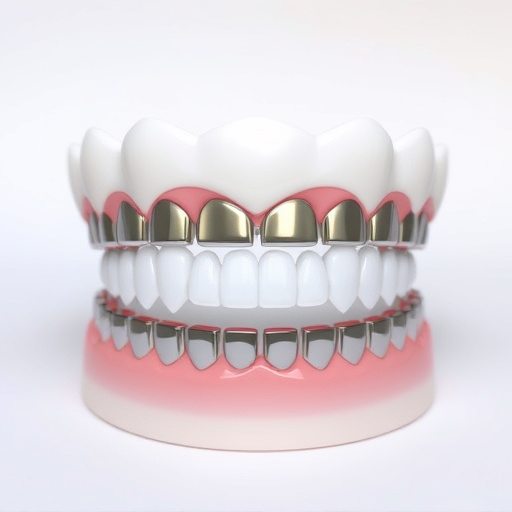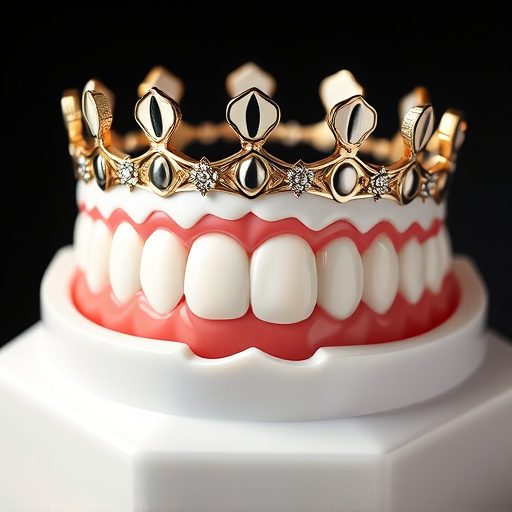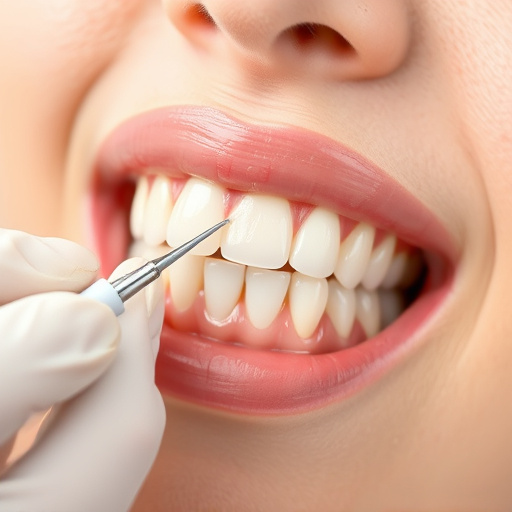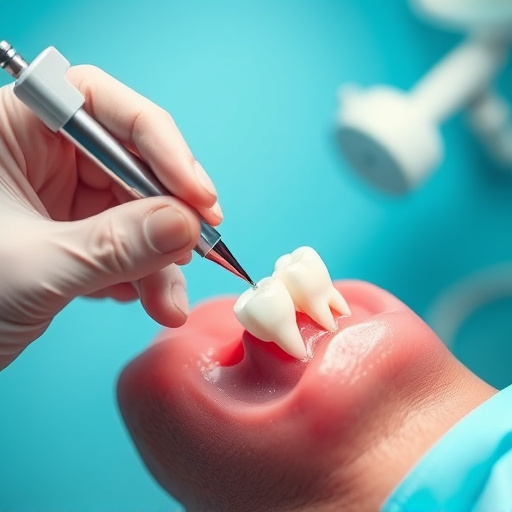TMJ disorder, caused by misalignment or conditions like arthritis, leads to jaw pain, popping sounds, and difficulty opening/closing the mouth. Non-surgical treatments, such as therapy, bite correction, and dental devices, are often preferred and effective for managing symptoms. For severe cases, surgical options like implant placement, arthroscopic surgery, or open-joint surgery may be recommended. Post-operative care is crucial, and long-term management involves preventive dentistry to maintain oral health and control TMJ disorder symptoms.
TMJ disorder, affecting the temporomandibular joint, can cause significant discomfort. This article explores proven strategies to alleviate symptoms, offering a comprehensive guide for effective TMJ disorder treatment. We delve into the causes and symptoms, providing insights into non-surgical options ranging from therapy and oral devices to dental alignment adjustments. For severe cases, surgical interventions are discussed, offering an informed perspective on what to expect. Discover tailored approaches to find lasting relief from TMJ disorder.
- Understanding TMJ Disorder: Causes and Symptoms
- Non-Surgical Treatment Options for TMJ Relief
- Surgical Interventions: When and What to Expect
Understanding TMJ Disorder: Causes and Symptoms

TMJ disorder, short for Temporomandibular Joint Disorder, is a complex condition affecting the temporomandibular joint, which connects your jawbone to your skull. This intricate joint plays a vital role in enabling jaw movement, making it crucial when we chew, speak, and yawn. Understanding TMJ disorder treatment involves first recognizing its causes and symptoms.
The exact cause of TMJ disorder can be difficult to pinpoint, but several factors contribute to its development. These include misalignment of the teeth or jaw, trauma to the head or face, stress, and arthritis. Symptoms are multifaceted, encompassing jaw pain, popping or clicking sounds during jaw movement, difficulty opening or closing the mouth, headaches, and even earaches. Some individuals also experience pain when chewing or biting, which can lead to changes in chewing habits and even teeth grinding (bruxism). While some cases of TMJ disorder may resolve on their own, others require professional intervention, especially when symptoms persist or worsen. This is where various TMJ disorder treatment strategies come into play, offering relief and improved quality of life for those affected.
Non-Surgical Treatment Options for TMJ Relief

Many patients seeking TMJ disorder treatment are often eager to explore non-surgical options before considering more invasive procedures. Thankfully, several effective, non-surgical treatments are available to alleviate TMJ symptoms and restore jaw function. One of the most common approaches is therapy, which includes techniques like jaw exercises, physical therapy, and bite correction. These methods focus on relaxing the jaw muscles, improving joint mobility, and reducing pain.
Additionally, dental devices such as mouthguards or splints can provide significant relief for TMJ patients. Custom-fitted appliances, designed by a family dentistry professional, can prevent the jaw from clenching or grinding during sleep, thus minimizing muscle strain and discomfort. As a valuable part of your routine oral exams, dentists can monitor your TMJ health and recommend appropriate non-surgical treatments to offer long-lasting relief, making it an excellent first step in managing TMJ disorder symptoms.
Surgical Interventions: When and What to Expect

In some severe cases where non-surgical treatments have proven ineffective, surgical interventions may be recommended as a TMJ disorder treatment option. This decision is typically made after a thorough examination and evaluation by a qualified dental professional or specialist. Surgical procedures for TMJ disorder are usually considered when there is significant joint damage, deformity, or chronic pain that interferes with daily functioning.
The most common surgical procedures involve the placement of implants to stabilize the jaw, arthroscopic surgery to repair or clean the joint, or in extreme cases, open-joint surgery to repair severe damage. During and after surgery, patients can expect a period of healing and recovery. Family dentistry professionals often play a role in post-operative care, monitoring healing progress and addressing any concerns related to tooth extractions or other dental procedures that may have been necessary prior to or following surgery. Preventive dentistry techniques are also crucial for maintaining oral health and managing TMJ disorder symptoms long-term.
TMJ disorder treatment options have evolved to provide effective relief for those suffering from this condition. By understanding the causes and symptoms, individuals can seek appropriate non-surgical interventions or consider surgical solutions as a last resort. Whether through physical therapy, bite correction, or advanced procedures like arthroscopy, there are proven strategies to manage TMJ disorder and significantly improve quality of life. Remember that early diagnosis and consultation with dental professionals are key to finding the most suitable treatment for each unique case.














